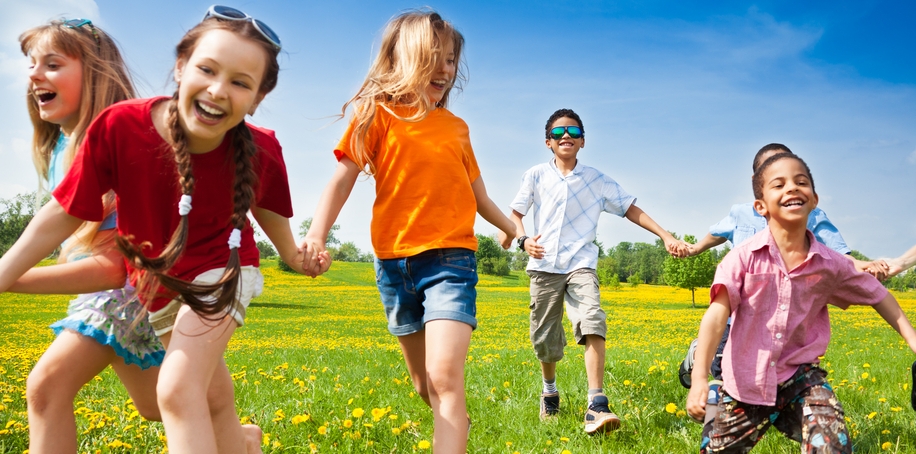 Anyone who’s seen kids on a playground knows that most are naturally physically active and love to move around. What might not be apparent is that climbing to the top of a slide or swinging from the monkey bars can help lead kids to a lifetime of being active.
Anyone who’s seen kids on a playground knows that most are naturally physically active and love to move around. What might not be apparent is that climbing to the top of a slide or swinging from the monkey bars can help lead kids to a lifetime of being active.
Lost in modern children is the freedom of play. Parents may not feel comfortable letting children freely roam the neighborhood as kids did generations ago. Busy working parents having little time, often welcome electronic forms of play: video games, play stations etc.
Notwithstanding this, busy parents can instill a love of activity and help kids fit it into their everyday lives. Doing so can set healthy patterns that will last into adulthood.
Benefits of Being Active
When kids are active, their bodies can do the things they want and need them to do. Why? Because regular exercise provides these benefits:
- strong muscles and bones
- weight control
- decreased risk of developing type 2 diabetes
- better sleep
- a better outlook on life
Healthy, physically active kids also are more likely to be academically motivated, alert, and successful. Physical competence builds self-esteem at every age.
What Motivates Kids?
Simply put – parents do.
If parents do not enjoy play then the chance of children enjoying play is close to none. Even though the days of free range kids are gone, active kids is not an impossibility in our modern age.
The best way to start kids in physical activity is by incorporating it into their daily routine, summary of the recommended guide lines:
- Toddlers and preschoolers should play actively several times a day.
- Children 6 to 17 years should do 60 minutes or more physical activity daily.
This can include free play at home, active time at school, and participation
in classes or organized sports.
Here are some age based ideas:
Preschoolers: Preschoolers need play and exercise that helps them continue to develop important motor skills — kicking or throwing a ball, playing tag or follow the leader, hopping on one foot, riding a tricycle or bike with training wheels, freeze dancing, or running obstacle courses.
School-age: With school-age kids spending more time on sedentary pursuits like watching TV and playing computer games, the challenge for parents is to help them find physical activities they enjoy and feel successful doing. These can range from traditional sports like football, basketball, netball, martial arts, biking, hiking, and playing outside.
Kids learn basic skills and simple rules in the early school-age years, there might only be a few athletic standouts. As kids get older, differences in ability and personality become more apparent.
Commitment and interest level often go along with ability, which is why it’s important to find an activity that’s right for your child. Schedules start getting busy during these years, but don’t forget to set aside some time for free play.
Teenagers: Teens have many choices when it comes to being active — from school sports to after-school interests, such as group fitness, weight training, yoga or running. It’s important to remember that physical activity must be planned and often has to be sandwiched between various responsibilities and commitments.
Kids’ Fitness and Personalities
In addition to a child’s age, it is important to consider their fitness personality; some kids are athletic, others are not, many are in between.
Personality traits, genetics, and athletic ability combine to influence a child’s attitude towards participation in sports and other physical activities, particularly as they get older.
If you understand your child’s fitness type, you will be better able to help him or her find the right activities to enjoy getting enough daily exercise.
Whatever their fitness personality is, it is important to remember that all kids can be physically fit and a parent’s positive attitude will help a child who’s reluctant to exercise.
A great start is to be active yourself in supporting your kids’ interests. Starting early will mean that a physical activity will be regarded as a normal and fun part of your family’s everyday routine.
Remember always have fun with your kids; run, hop, skip and jump with them!!!
Stay fit, play young!
Anna

Recent Comments